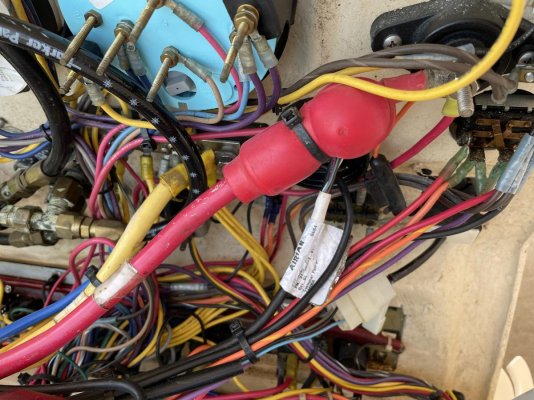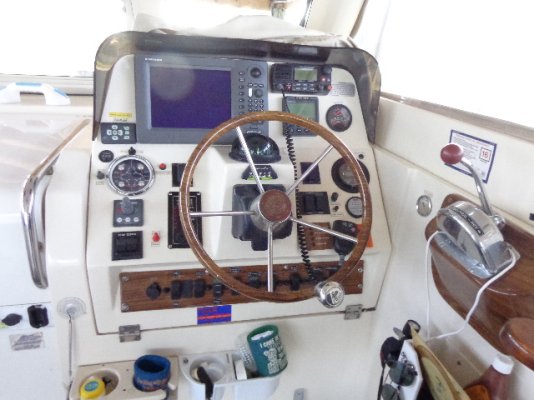djbarkow
Member
- Joined
- Apr 2, 2015
- Messages
- 6
- Location
- Florida
- Vessel Name
- Salt Shaker
- Vessel Make
- Mainship Pilot 30 RumRunner II
30 ft Mainship Pilot II Rum Runner 2004. I am seeing low voltage at my helm station to the extent that the VHF drops out and resets frequently. I can read a constant 1-volt loss between the batteries and the primary helm terminal. I have checked the wiring and cleaned terminals. I believe there is a solenoid/relay that is controlled by the helm switch on the 12-volt panel below the engine switch. Does anyone know where this solenoid/relay is located? The terminals on the relay or the relay itself could be causing my voltage drop. Any other thoughts, all greatly appreciated.




